With the emergence of stronger and more potent cyber criminals, a comprehensive cyber incident response plan is no longer an optional extra, but a strategic imperative for organizations of all sizes to protect their data, operations, and reputation in the face of the ever-evolving cyber threat landscape.
At E-Panzer, we understand the need to have a thorough response plan before an actual incident occurs. That is why having a Cyber Incident Response plan is required for all our clients.
Here are the E-Panzer comprehensive cyber incident response benefits-
- Minimize the impact of cyberattacks: An incident response plan provides a methodical, coordinated approach to detecting, responding to, and recovering from a cyber incident.
- Improve operational resilience: A well-designed incident response plan enhances an organization’s ability to withstand and bounce back from cyber threats, increasing its overall resilience.
- Ensure regulatory compliance: Many industries have strict data security regulations, and a breach can result in costly fines. An incident response plan helps organizations maintain compliance.
- Protect reputation and build trust: By demonstrating preparedness and the ability to respond effectively to incidents, organizations can instill confidence in customers, partners, and stakeholders.
- Reduce costs: Incident response plans can help organizations avoid or minimize the financial impact of a cyber incident, including investigation expenses and downtime costs.
- Enable proactive risk management: Developing an incident response plan requires organizations to identify critical assets, vulnerabilities, and potential threats, allowing them to take proactive measures to enhance their cybersecurity.
Here are the key components of a E-Panzer comprehensive cyber incident response plan-
- Mission and Goals: A clear, actionable mission statement that is agreed upon by all stakeholders.
- Roles and Responsibilities: Formal documentation of the incident response team’s structure, including the Computer Emergency Response Team (CERT), legal counsel, PR, and other key personnel.
- Cyberthreat Preparation: Documentation of processes to prepare for, prevent, and respond to cyber threats, such as security awareness training and policies for handling ransom demands.
- Incident Detection and Analysis: Documented procedures for detecting, prioritizing, and analyzing potential incidents, including escalation processes.
- Containment and Eradication: Processes for isolating affected systems, gathering forensic evidence, and removing the threat from the environment.
- Recovery and Restoration: Plans for restoring normal business operations, including testing systems before bringing them back online and formally closing the incident.
- Post-Incident Review: A process to evaluate the root cause, apply lessons learned, and update the incident response plan to prevent future similar incidents.
At E-Panzer, we believe in being prepared!
By having these key components in place, organizations can ensure a structured, coordinated, and effective response to cyber incidents, minimizing the impact and strengthening their overall cybersecurity posture. Our services provide faster mitigation, builds public trust, reduces downtime, ensures regulatory compliance, and strengthens your overall security.
By investing in E-Panzer’s robust defenses, you are being proactive and implementing measures across organizations are crucial to prevent financial losses from cybercrime. Let the team at E-Panzer optimize your operations with a solid and comprehensive cyber incident response plan. Contact us now to learn more.

















